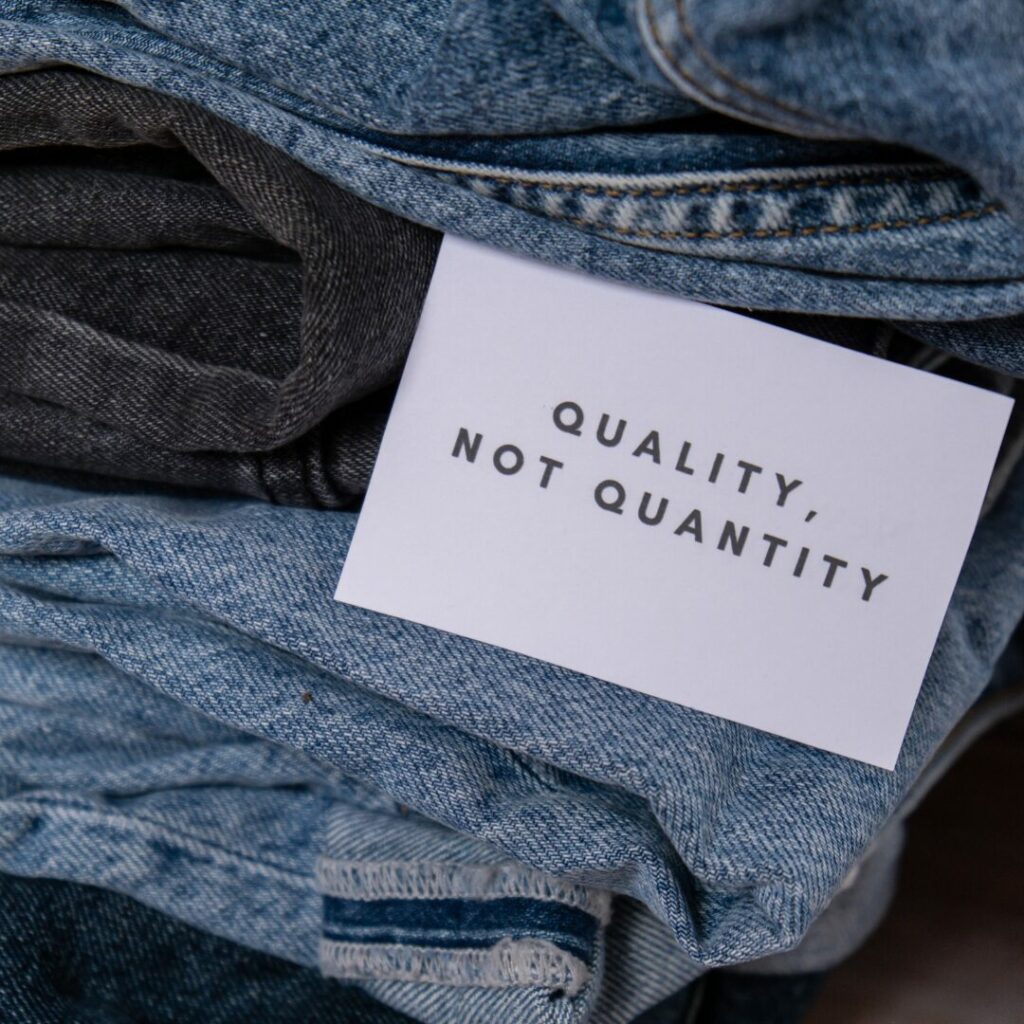How Generation Z’s Conscious Commerce is Changing What Clothes We Wear
Once upon a time, in a bustling city, there lived a savvy group of young people known as Gen Z. They were on a mission to transform the world, one eco-friendly shopping spree at a time. Their secret weapon? Sustainable shopping!
When Thrift Store Shopping became Sustainable Shopping
In a corner of the city was a popular store called Levi’s Vintage Wonderland. Here, jeans weren’t just jeans; they were eco-friendly treasures with stories. Levi’s had started giving their gently used products a new life, embracing the circular economy by creating a special section on their website for resale. The clothes here had a magical touch. Having been loved before, they were ready to be loved again, embodying the very essence of zero waste.

Then, there was the enchanting online marketplace, Poshmark Forest. Here, clothes hang on trees like ripe fruits, waiting to be picked. Alongside it was the mystical Depop Land, where every garment had a unique spell of style and sustainability. Here, recycled materials are not just used. They are celebrated. Gen Z loved exploring these places, finding hidden gems that were stylish and kind to the Earth. Making shopping a testament to conscious consumerism.
A luxurious avenue in another part of the city was The RealReal Boulevard. One could find vintage and out-of-season luxury items from the grandest designers. Yet, all are authenticated and ready for their next great ball. It was like walking through a fashion history book, where each piece was part of a sustainable lifecycle, cherished and passed on rather than discarded.
Gen Z Demands More
But our story doesn’t end with just buying and selling. Oh no! The Gen Z wizards demanded more. They wanted to know that the magic behind their clothes was good and fair. They sought transparency from brands, ensuring they paid their workers and manufacturers fairly and used environmentally friendly packaging, a crucial part of the zero waste philosophy.
Take Everlane Castle, for example. Here, every item has a tale. Where it comes from, who made it, and how it was made are all woven into the fabric of conscious consumerism. This castle, known for its detailed storytelling, helps shoppers understand the journey of their purchase, from raw, sustainable materials to the finished product.
Conscious consumerism refers to the deliberate and thoughtful act of purchasing and utilizing products to reflect one’s values. Thus, it contrasts with mindless consumption, which lacks such consideration.
Sustainable over Selfishness
Why was all this important, you ask? Well, once upon a time, the world was not so kind to Mother Earth. Mountains of waste grew, rivers were no longer clear, and forests began to disappear. But then came the heroes of our story, the Gen Z warriors, who knew that every choice they made in shopping could help save their planet. They showed the world that by choosing wisely, giving old things new life, and demanding fairness and transparency, shopping could be a powerful spell for good.
In this lively city, sustainable shopping became more than a trend; it became a lifestyle, a choice for a better world. And as our Gen Z heroes walked through the bustling streets in their chic, sustainable outfits, they knew they were paving the way to a greener, kinder world, one fashionable step at a time.
Supporting the Future with Sustainable Shopping
And so, the story of sustainable shopping continued, with every purchase telling a story of hope, responsibility, and love for our planet. The end? No, just a new beginning.

And we, too, can join this movement, embracing eco-friendly, zero waste, and conscious consumerism practices in our daily lives. By choosing products made from recycled materials and supporting brands that are part of the circular economy, we can all be part of the change towards a more sustainable future.






